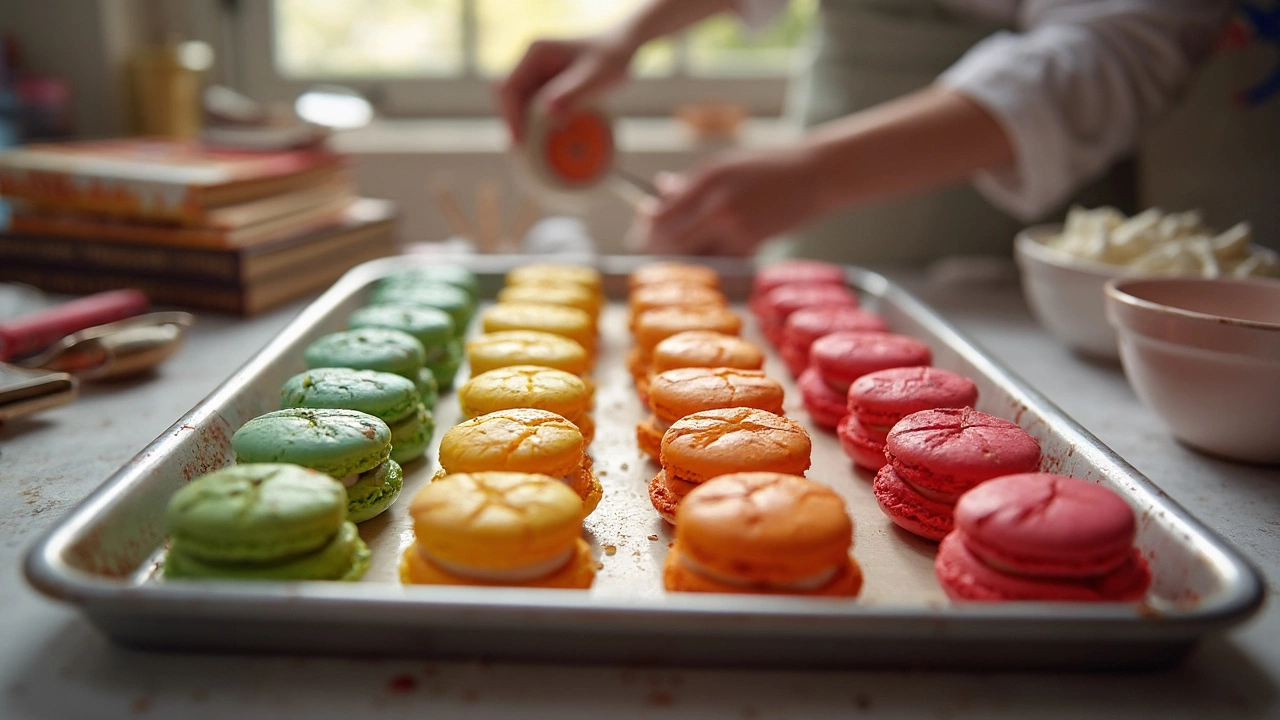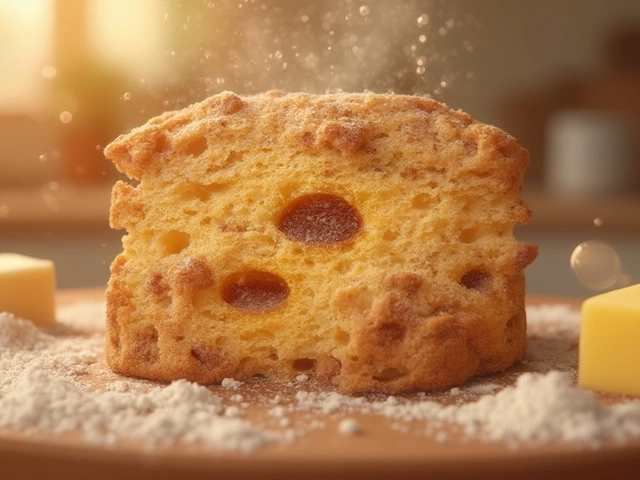Why Macarons Crack – Fix the Problem Fast
If you’ve ever pulled a batch of macarons out of the oven and saw ugly cracks, you’re not alone. Cracked shells can feel like a wasted effort, but the good news is that most cracks are caused by a few easy‑to‑control factors. Let’s break down why macarons crack and how you can stop it.
Common Causes of Cracks
1. Over‑mixing the batter. When you fold the almond flour and powdered sugar into the meringue for too long, you break down the air bubbles. The batter becomes too runny and the shells spread too much, creating thin walls that split as they bake.
2. Under‑mixing the batter. On the flip side, if the batter is too stiff, the shells won’t spread enough. They stay too thick, steam builds inside, and the top bursts open, leaving a crack.
3. Oven temperature swings. Macarons need a steady, moderate heat (around 300°F/150°C). If your oven runs hot or cools down mid‑bake, the shells expand unevenly and crack. A hot spot can melt the outer layer while the inside is still setting.
4. Humidity. High humidity adds extra moisture to the batter and the oven air. That extra steam pushes against the shell while it’s still soft, forcing a crack.
5. Improper piping. Piping too close together or using a bag with a too‑wide tip makes the shells touch. When they expand, they push against each other and split.
Fixes and Tips for Perfect Shells
Control your mixing. Use the “macaronage” technique: fold until the batter flows like lava and forms a smooth ribbon when lifted. Stop when the batter slides slowly off the spatula and can be drawn into a figure‑8 without breaking.
Test the oven. Place an oven thermometer inside and pre‑heat for at least 20 minutes. If you notice hot spots, rotate the tray halfway through baking.
Mind the humidity. On damp days, add a small amount of extra almond flour (about a tablespoon) to absorb moisture. You can also bake on a lower rack where the air is drier.
Pipe correctly. Use a round tip (about ½ inch) and pipe circles about 1½ inches apart. This gives each shell room to rise without touching.
Rest before baking. Let the piped shells sit at room temperature for 20‑40 minutes, or until they form a thin skin. You can test by gently touching; if the surface feels dry and doesn’t stick to your finger, they’re ready.
Cool the tray. After baking, turn off the oven, open the door a crack, and let the tray cool inside for 5‑10 minutes. This gradual cool down reduces sudden contraction that can cause cracks.
By tweaking just one or two of these steps, you’ll see a big difference. Remember, macarons are forgiving – even if a few shells crack, you can still sandwich them with delicious filling and enjoy the taste.
Give these tips a try on your next batch and say goodbye to cracks. Happy macaron making!

Why Do Macarons Crack? The Science Behind Those Pesky Shells
Cracked macarons can ruin even the most careful baker's day. This article explains exactly why macarons crack during baking, with details about common mistakes and the science behind them. You'll discover practical tips to avoid mistakes like overmixing, wrong oven temperature, or using the wrong meringue method. Get specific advice to help your macarons come out of the oven with smooth, flawless shells. Real kitchen-tested fixes, backed by hands-on experience, make this guide extra practical.
View More




